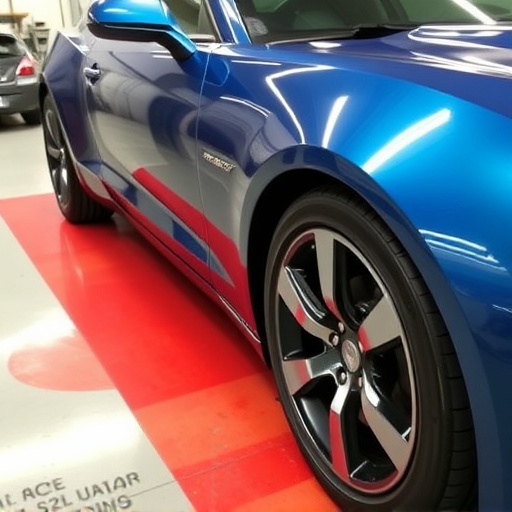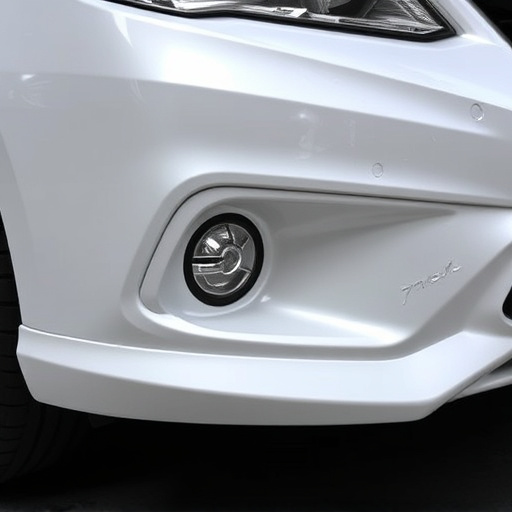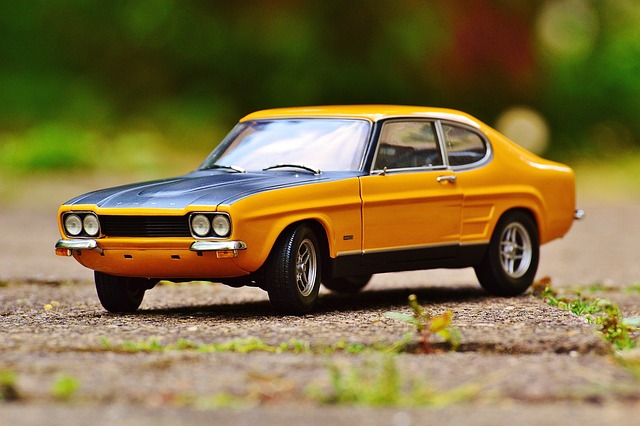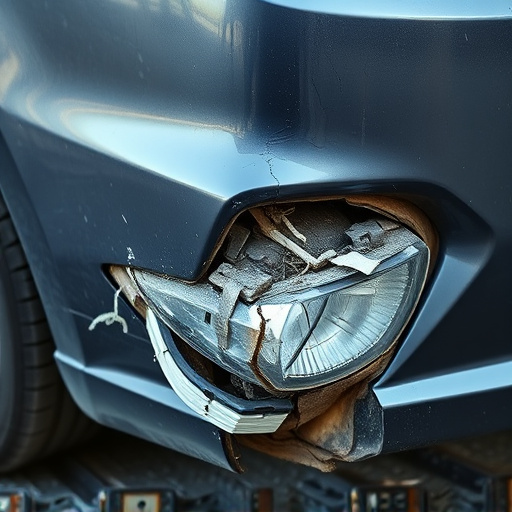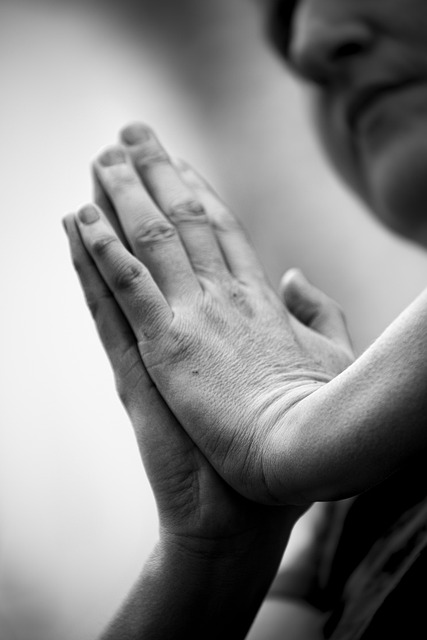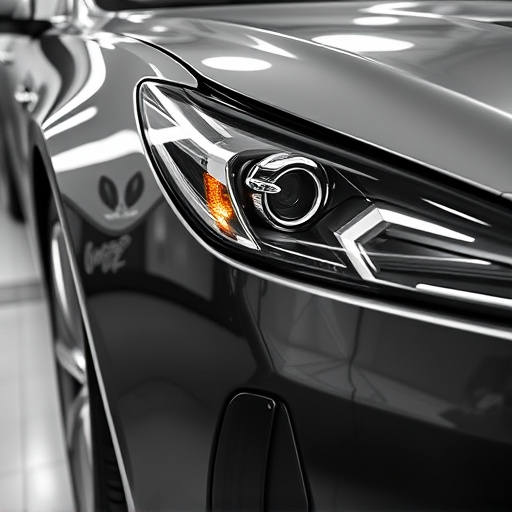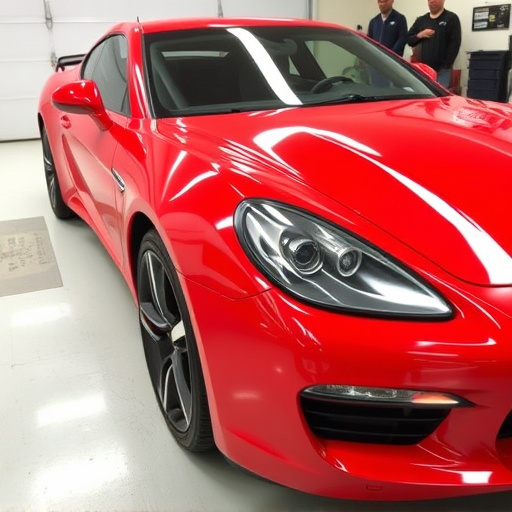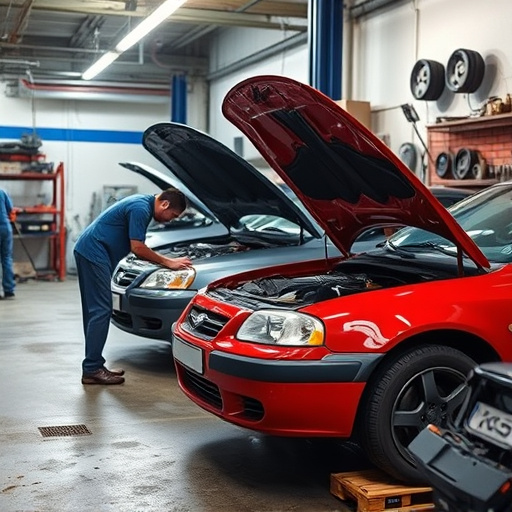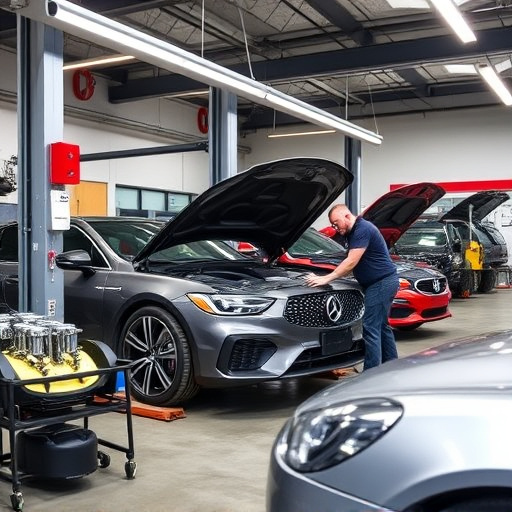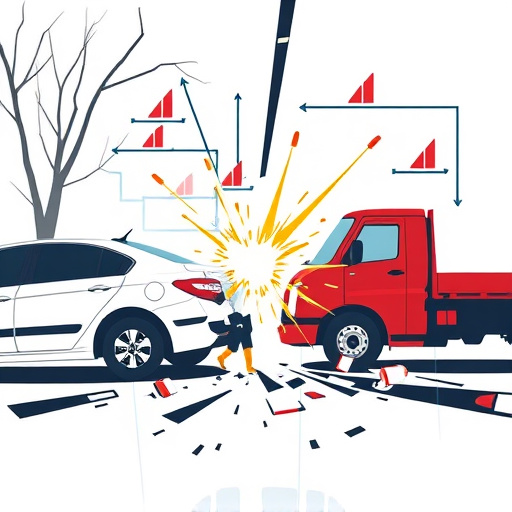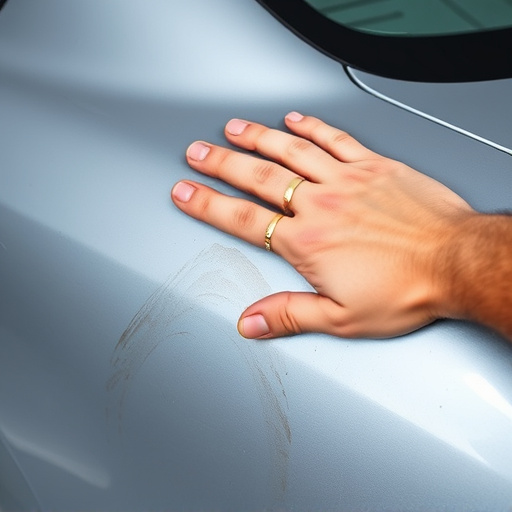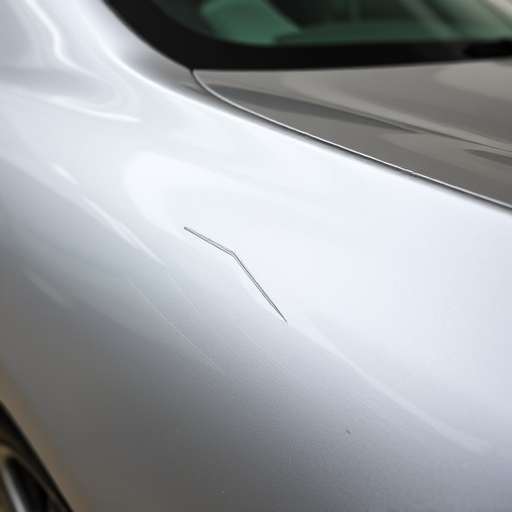Windshield calibration is a vital process for modern vehicle safety and performance. It ensures precise sensor alignment by digitally mapping and calibrating cameras, radar, and lidar systems to submillimeter accuracy, enhancing features like adaptive cruise control and lane-keeping assist. Regular calibration and prompt repair of windshield damage, including scratch repair, are essential to maintain optimal sensor performance and vehicle safety in auto body shops.
In today’s automotive landscape, accurate sensor alignment is paramount for vehicle safety and performance. This is where windshield calibration plays a pivotal role. Understanding this process ensures optimal sensor functionality, from advanced driver-assistance systems (ADAS) to autonomous driving capabilities.
This article delves into the fundamentals of windshield calibration, exploring how it aligns sensors for precise data collection and decision-making in modern vehicles. We’ll break down the step-by-step process, highlighting its significance in achieving reliable sensor performance.
- Understanding Windshield Calibration: A Foundation for Accuracy
- The Role of Sensors in Modern Vehicles
- Step-by-Step Process: Achieving Sensor Alignment through Windshield Calibration
Understanding Windshield Calibration: A Foundation for Accuracy
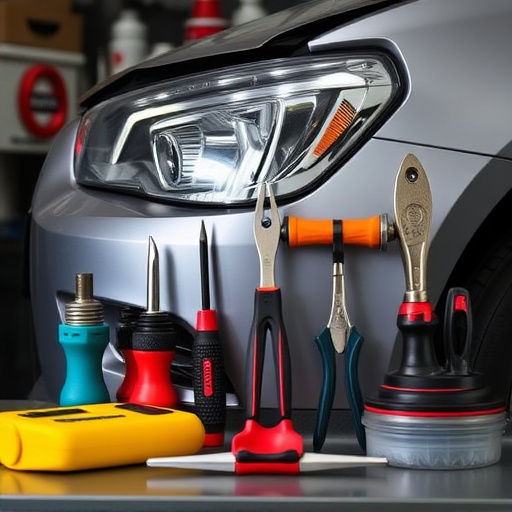
Windshield calibration is a critical process that forms the foundation for accurate sensor alignment in modern vehicles. It involves meticulously adjusting and fine-tuning the positioning and settings of various sensors mounted on or around the windshield. These sensors play a pivotal role in advanced driver assistance systems (ADAS), including lane departure warnings, adaptive cruise control, and collision avoidance features.
Accurate calibration ensures that these sensors accurately capture and interpret environmental data, enabling the vehicle’s computer to make precise decisions. In the context of luxury vehicle repair, where precision is paramount, windshield calibration is an indispensable step in the restoration process, especially after frame straightening or auto painting. By calibrating the windshield, technicians can guarantee optimal sensor performance, enhancing safety features and ensuring a seamless driving experience for owners.
The Role of Sensors in Modern Vehicles
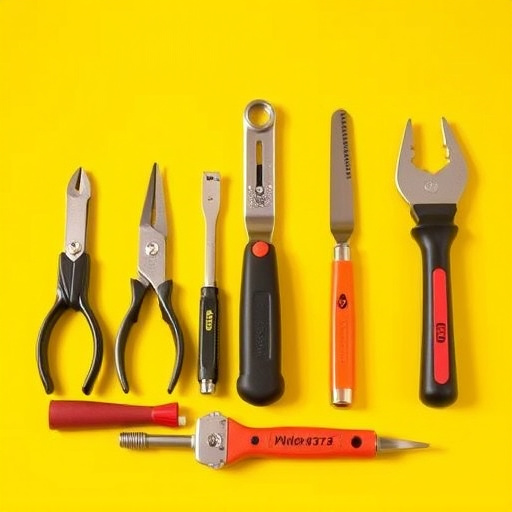
In modern vehicles, sensors play a pivotal role in enhancing safety, efficiency, and overall performance. From advanced driver-assistance systems (ADAS) to electric and autonomous driving capabilities, these sensors are the unsung heroes of contemporary automotive technology. Windshield calibration, as an integral part of vehicle setup, ensures that these sensors are aligned accurately, enabling optimal functioning. This process is particularly crucial for sensors situated behind windshields, which often face challenges due to varying environmental conditions and potential damage from road debris or accidents, requiring fleet repair services for prompt maintenance.
Sensors on modern vehicles monitor and interpret data related to speed, distance, lane positioning, weather conditions, and more. For instance, adaptive cruise control relies on sensors to maintain a safe distance between vehicles, while lane-keeping assist uses them to detect drift and provide corrective steering inputs. In case of any sensor malfunction due to damage or misalignment, it can lead to inaccurate readings, compromising vehicle safety and performance. Therefore, windshield calibration, coupled with meticulous vehicle body repair when necessary, is essential to keep these sensors in top condition, ensuring both the safety and efficiency of modern automobiles. Scratch repair, though not directly related, also contributes to maintaining an optimal sensor environment by addressing any visual obstructions that could affect sensor functionality.
Step-by-Step Process: Achieving Sensor Alignment through Windshield Calibration
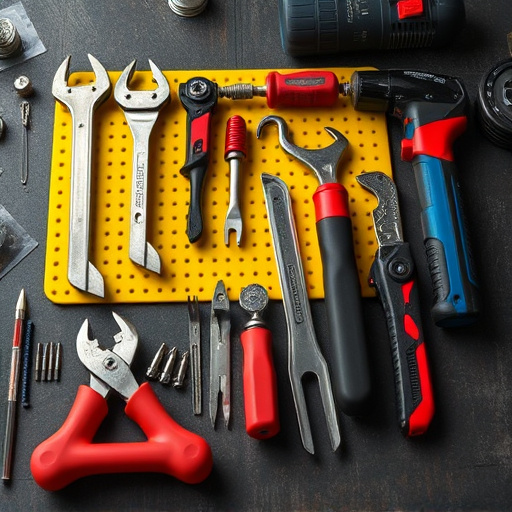
The process of windshield calibration is a meticulous procedure designed to ensure precise sensor alignment within an automobile. It involves several crucial steps that auto body shops and professionals employ to achieve optimal results.
Firstly, the vehicle’s windshield is thoroughly inspected for any imperfections or deviations from its original specifications. This initial check includes examining the curvature, thickness, and overall integrity of the glass. Any existing car dents or damage will be addressed before calibration to ensure a clean surface. Following this, specialized tools are used to measure and map the precise dimensions of the windshield, creating a digital template that serves as a reference point. With accurate measurements in hand, technicians can now calibrate various sensors integrated into modern vehicles’ windshields. These sensors include cameras, radar, and lidar systems responsible for advanced driver-assistance systems (ADAS). Each sensor is adjusted and aligned with submillimeter precision to ensure they function cohesively, mimicking the capabilities of a well-tuned orchestra in an auto body shop’s symphony of safety and efficiency.
Windshield calibration is an indispensable process that ensures modern vehicles’ sensor alignment accuracy. By understanding the fundamental principles and following a structured step-by-step approach, manufacturers can achieve optimal sensor performance. This, in turn, enhances safety features, improves navigation systems, and contributes to overall vehicle efficiency, making windshield calibration a critical aspect of automotive technology today.
